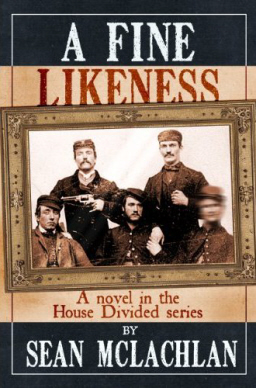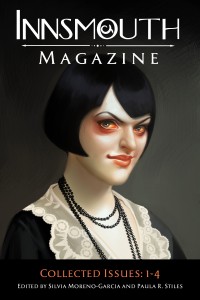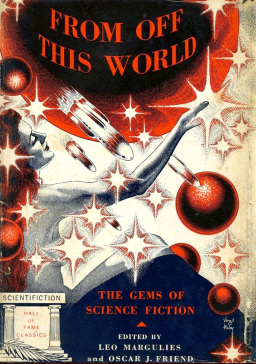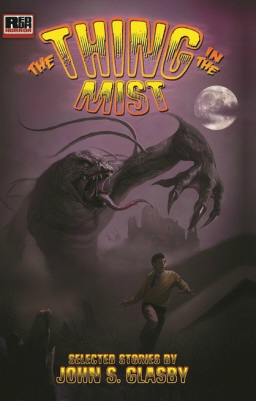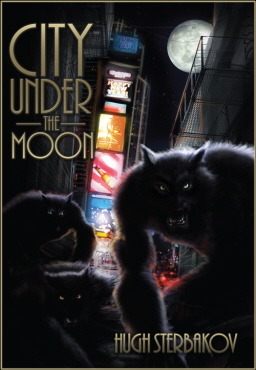New Treasures: Cult Magazines: A to Z
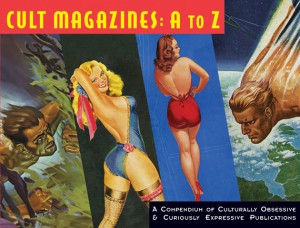 You get to meet a lot of great people at science fiction conventions. For some, the draw is the Featured Guests, and it’s certainly cool to meet Neil Gaimen, Pat Rothfuss, John Scalzi, Connie Willis, and other top-selling authors.
You get to meet a lot of great people at science fiction conventions. For some, the draw is the Featured Guests, and it’s certainly cool to meet Neil Gaimen, Pat Rothfuss, John Scalzi, Connie Willis, and other top-selling authors.
For me though, the true delights are in meeting exciting writers and artists I’m not always familiar with. A few years ago, as we were setting up our booth at Dragon*Con, author Rob Thurman, who had the booth next to us, wandered over and introduced herself. She turned out to be extremely cool and delightfully entertaining, and when I finally staggered home, bone weary from five days in Atlanta, I dropped into my big green chair with one of her Cal Leandros novels. If it hadn’t been for lucky booth placement, I might never have discovered what an entertaining writer she was.
The same thing happened at Worldcon in Chicago two weeks ago. During the rare slow moments in the Dealers’ Room, I was able to wander a bit and check out the nearby booths. I discovered to my surprise that we were next to Nonstop Press — publishers of Science Fiction: The 101 Best Novels 1985-2010, The Collected Stories of Carol Emshwiller, and Cult Magazines: A to Z.
Nonstop’s Emshwiller: Infinity x Two: The Art & Life of Ed & Carol Emshwiller, by Luis Ortiz, is one of my favorite art books. The distinguished Mr. Ortiz was in the booth, and I was able to introduce myself. He had several intriguing new titles on display and — keeping a wary eye on the empty Black Gate booth — I was able to peek at them.
My eye was drawn immediately to Outermost: Life + Art of Jack Gaughan, a beautiful 176-page hardcover packed with over 500 images, many familiar from countless Ace and DAW paperback covers of the 60s and 70s. Over lunch, Rich Horton had talked about Robert Silverberg’s captivating memoir of writing SF in the 50s, Other Spaces, Other Times: A Life Spent in the Future, and there it was. I couldn’t resist Damien Broderick & Paul Di Filippo’s entertaining Science Fiction: The 101 Best Novels – 1985-2010 either.
But the most fascinating book on the table, by a considerable margin, was Cult Magazines: A to Z, edited by Earl Kemp and Luis Ortiz, a gorgeous oversized softcover jam packed with articles and full-color pictures of hundreds of pulp, horror, science fiction, fantasy, comic, monster mags and men’s magazines published between 1925 and 1990.
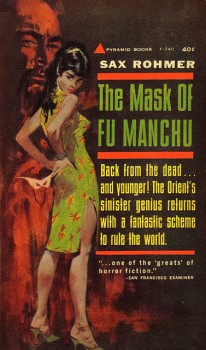
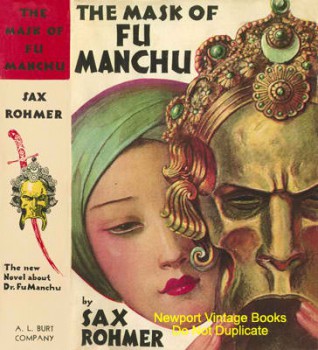

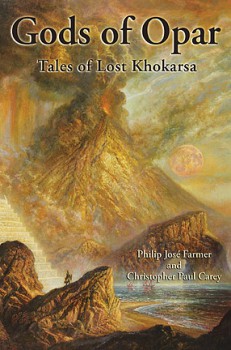 Gods of Opar: Tales of Lost Khokarsa
Gods of Opar: Tales of Lost Khokarsa
